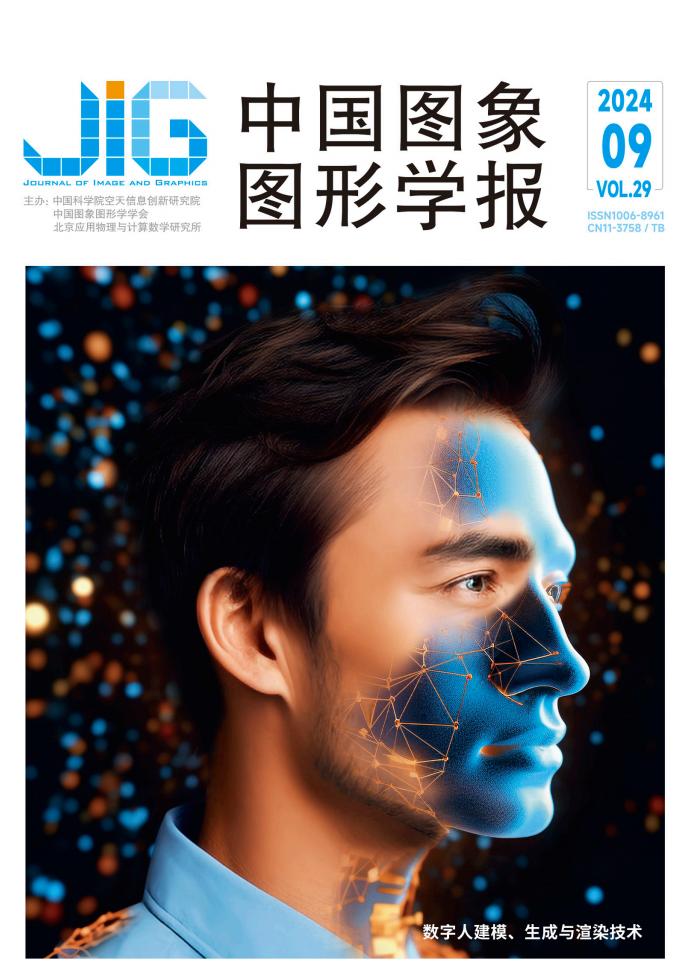Mobile Surveillance Siren Against Moving Object as a Support System for Blind PeopleMobile Surveillance Siren Against Moving Object as a Support System for Blind People
Q3 Computer Science
引用次数: 0
Abstract
Visually impaired people can use smartphone navigation applications to arrive at their destination. However, those applications do not provide the means to detect moving objects. This paper presents an Android application that uses the smartphone’s camera to provide real-time object detection. Images captured by the camera are to be processed digitally. The model then predicts objects from the processed image using a Convolutional Neural Network (CNN) stored in mobile devices. The model returns bounding boxes for each of the detected objects. These bounding boxes are used to calculate the distance from the object to the camera. The model used is SSD MobileNet V1, which is pre-trained using the Common Objects in Context (COCO) dataset. System testing is divided into object distance and accuracy testing. Results show that the margin of error for calculating distance is below 5% for distances under 8 meters. The mean average precision is 0.9393, while the mean average recall is 0.4479. It means that the system can recognize moving objects through the embedded model in a smartphone.作为盲人支持系统的移动防移动物监控警报器移动防移动物监控警报器
视障人士可以使用智能手机导航应用程序到达目的地。然而,这些应用程序不提供检测移动物体的手段。本文介绍了一个Android应用程序,该应用程序使用智能手机的摄像头提供实时目标检测。照相机捕捉到的图像要进行数字处理。然后,该模型使用存储在移动设备中的卷积神经网络(CNN)从处理后的图像中预测物体。该模型为每个检测到的对象返回边界框。这些边界框用于计算物体到相机的距离。使用的模型是SSD MobileNet V1,该模型使用COCO (Common Objects in Context)数据集进行预训练。系统测试分为对象距离测试和精度测试。结果表明,对于8米以下的距离,计算距离的误差范围在5%以下。平均精密度为0.9393,平均召回率为0.4479。这意味着该系统可以通过智能手机中的嵌入式模型识别移动物体。
本文章由计算机程序翻译,如有差异,请以英文原文为准。
求助全文
约1分钟内获得全文
求助全文
来源期刊

中国图象图形学报
Computer Science-Computer Graphics and Computer-Aided Design
CiteScore
1.20
自引率
0.00%
发文量
6776
期刊介绍:
Journal of Image and Graphics (ISSN 1006-8961, CN 11-3758/TB, CODEN ZTTXFZ) is an authoritative academic journal supervised by the Chinese Academy of Sciences and co-sponsored by the Institute of Space and Astronautical Information Innovation of the Chinese Academy of Sciences (ISIAS), the Chinese Society of Image and Graphics (CSIG), and the Beijing Institute of Applied Physics and Computational Mathematics (BIAPM). The journal integrates high-tech theories, technical methods and industrialisation of applied research results in computer image graphics, and mainly publishes innovative and high-level scientific research papers on basic and applied research in image graphics science and its closely related fields. The form of papers includes reviews, technical reports, project progress, academic news, new technology reviews, new product introduction and industrialisation research. The content covers a wide range of fields such as image analysis and recognition, image understanding and computer vision, computer graphics, virtual reality and augmented reality, system simulation, animation, etc., and theme columns are opened according to the research hotspots and cutting-edge topics.
Journal of Image and Graphics reaches a wide range of readers, including scientific and technical personnel, enterprise supervisors, and postgraduates and college students of colleges and universities engaged in the fields of national defence, military, aviation, aerospace, communications, electronics, automotive, agriculture, meteorology, environmental protection, remote sensing, mapping, oil field, construction, transportation, finance, telecommunications, education, medical care, film and television, and art.
Journal of Image and Graphics is included in many important domestic and international scientific literature database systems, including EBSCO database in the United States, JST database in Japan, Scopus database in the Netherlands, China Science and Technology Thesis Statistics and Analysis (Annual Research Report), China Science Citation Database (CSCD), China Academic Journal Network Publishing Database (CAJD), and China Academic Journal Network Publishing Database (CAJD). China Science Citation Database (CSCD), China Academic Journals Network Publishing Database (CAJD), China Academic Journal Abstracts, Chinese Science Abstracts (Series A), China Electronic Science Abstracts, Chinese Core Journals Abstracts, Chinese Academic Journals on CD-ROM, and China Academic Journals Comprehensive Evaluation Database.
 求助内容:
求助内容: 应助结果提醒方式:
应助结果提醒方式:


